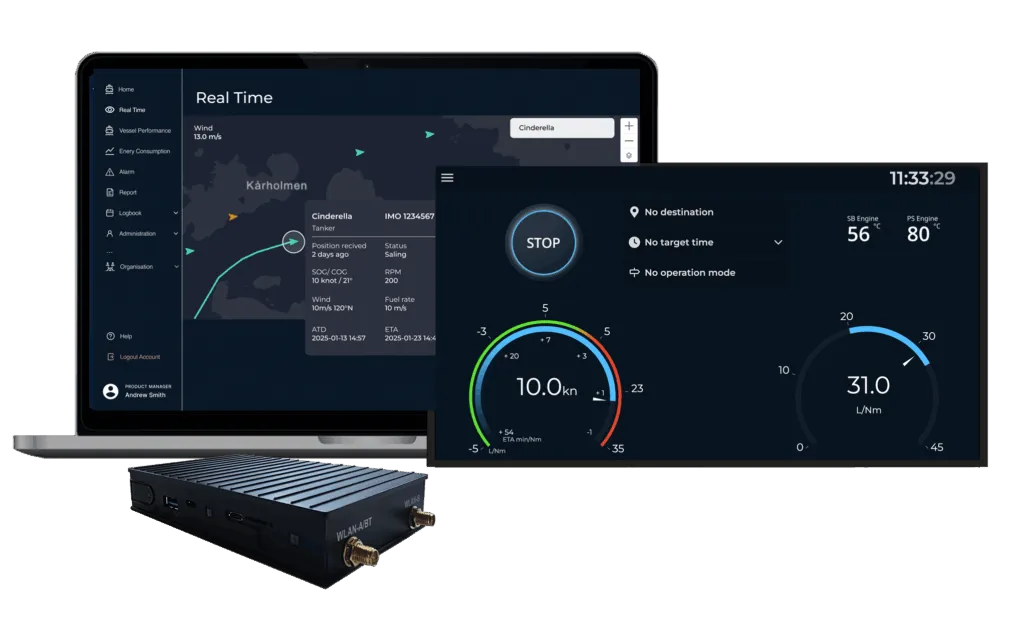In the bustling, often fog-laden environment of container terminals, visibility can be a major challenge for operators of reach stackers—the heavy-duty machines that lift and move containers. A recent study published in the Alexandria Engineering Journal, now translated to English, tackles this issue head-on, offering a solution that could significantly improve safety and efficiency in ports worldwide. The lead author, Trinh Tran Vinh An, from the Department of Logistics at Korea Maritime and Ocean University, has developed a novel tracking system that combines deep learning with image enhancement techniques to help reach stacker operators navigate through hazy conditions.
The system, which integrates the actor-critic real-time tracking (ACT) algorithm with a dark channel prior (DCP) image dehazing module, effectively removes haze caused by adverse weather conditions. This enhancement allows the object tracking model to perform more accurately, providing reach stacker drivers with precise, real-time visibility via camera-based assistance. “By providing the driver with enhanced visual information, this solution minimizes downtime, enhances port productivity, supports smooth integration with port monitoring systems, and offers a practical tool for safer and more efficient container handling operations,” An explained.
The study was specifically deployed at Busan New Port in South Korea, one of the world’s busiest container terminals. Here, the system was evaluated on a custom dataset of container handling videos. The results were impressive, with the proposed method achieving a precision improvement of over 11% compared to the ACT baseline algorithm, with the center location error (CLE) threshold at 20 pixels.
For maritime professionals, the implications are significant. Improved visibility and tracking accuracy can lead to fewer accidents, reduced equipment damage, and increased operational efficiency. This is particularly important in dynamic port environments where weather conditions can change rapidly, and visibility can be severely limited.
The commercial impacts of this technology are vast. Ports can expect to see a reduction in downtime, as reach stackers can operate more safely and efficiently even in challenging weather conditions. This can lead to increased throughput and improved turnaround times for vessels, ultimately boosting the port’s competitiveness. Additionally, the integration of this system with existing port monitoring systems can provide a more comprehensive overview of operations, enabling better decision-making and resource allocation.
Moreover, the technology offers opportunities for maritime sectors beyond container handling. The principles of deep learning-based tracking and image enhancement can be applied to various aspects of port operations, from cargo handling to vessel navigation. The potential for enhancing safety and efficiency across the board is substantial.
In the broader context, this research highlights the growing importance of artificial intelligence and machine learning in the maritime industry. As ports and shipping companies increasingly adopt these technologies, we can expect to see significant improvements in operational efficiency, safety, and environmental sustainability.
For now, the focus is on refining the system and expanding its application. An and his team are already looking into how the technology can be adapted for other types of vessels and port equipment. The future of maritime operations looks set to be increasingly driven by data and powered by AI, with innovations like this leading the way.
As An put it, “This is just the beginning. The potential for these technologies to transform the maritime industry is immense, and we are excited to be at the forefront of this revolution.”

